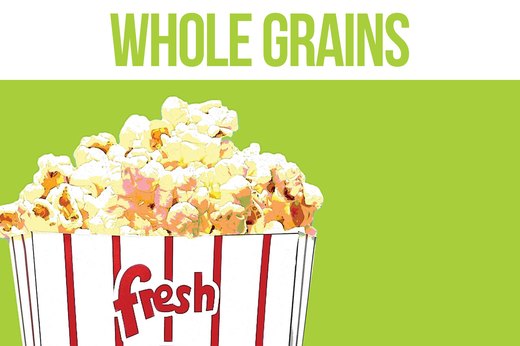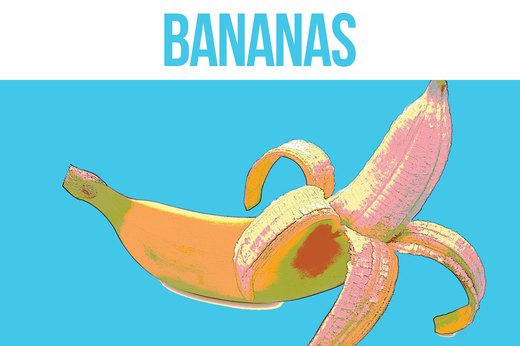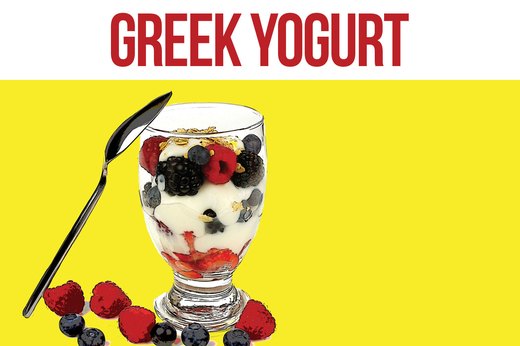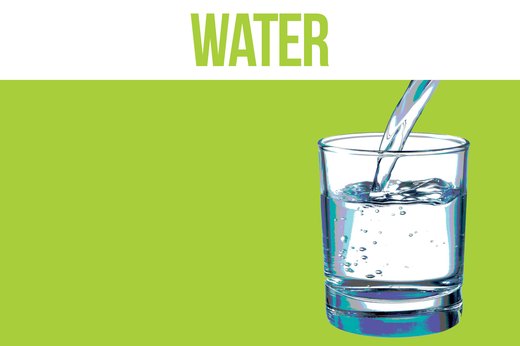5. ASPARAGUS
While all green vegetables are low-calorie nutrient superstars that promote a healthy weight, asparagus serves triple duty in its anti-bloating effects. “First, it’s a source of prebiotics, which support the growth of ‘good’ bacteria to help maintain a healthy balance in the digestive system to prevent and/or reduce gas. It also contains soluble and insoluble fiber to promote overall digestive health as well as natural anti-inflammatory substances to reduce GI irritation,” says Cynthia Sass, RDN. To reduce belly bloat, eat steamed asparagus a few times a week. For an additional flat-belly boost, lightly drizzle your asparagus with olive oil.

6. WHOLE GRAINS
Whole grains — including quinoa, popcorn, oats and wheat — can help flatten your stomach. A study in The American Journal of Clinical Nutrition shows that people who eat whole grains lose more abdominal fat than those who don’t. The tummy-tucking powers of whole grains likely come from the fiber content. Fiber aids in keeping insulin levels low, which may help shrink fat cells. Whole grains also provide vitamins, minerals and antioxidants for good health. Check the package label to make sure a product is made with whole grains. The first ingredient listed should contain the word “whole” (such as “whole wheat” or “whole oats”). The USDA recommends healthy adults consume about six ounces of total grains per day, and that at least half of those grains should be whole grains.

7. BANANAS
Although many people think bananas are fattening, they are actually an important flat-belly food. “Foods rich in potassium help de-bloat the belly by acting as a natural diuretic, triggering the release of excess sodium and water the body is retaining. The soluble fiber in bananas can also help relieve or prevent constipation, which can be a major cause of a belly pooch,” says Cynthia Sass, RDN. Grab a banana as a daily snack, or whip one into a smoothie. Other foods high in potassium to help fight belly bloat include sweet potatoes, nuts, tomatoes, green leafy vegetables and dates.

8. GREEK YOGURT
Yogurt is a good source of calcium, a mineral that slows production of the hormone cortisol, which encourages belly fat. While less than regular yogurt, Greek yogurt still has about 20 percent of your daily calcium needs. Another great benefit of Greek yogurt is that it provides twice the filling protein for weight control as compared to regular yogurt, and it may be easier on the gut than other dairy foods. “Dairy foods are the cause of GI woes for many, particularly gas and bloating. Greek yogurt, however, contains active cultures — or ‘good’ bacteria — that aid in digestion and prevent gas and bloating. It also contains less lactose than regular yogurt due to the straining process, so those who are lactose intolerant may be able to avoid some of those negative issues with Greek yogurt.

9. CUCUMBERS
Cucumbers are loaded with water and naturally low in calories to help with hydration and weight management. One whole cucumber has just 45 calories. If you are feeling bloated, cucumbers can help with that too. “People use cucumbers to reduce puffiness under the eyes, and eating them can also help you fight belly bloat. Cucumbers have been shown to inhibit the activity of pro-inflammatory enzymes, which can help reduce GI swelling,” says Cynthia Sass, RDN. For flatter abs, eat cucumbers daily as a snack or add them to a salad or sandwich.

10. WATER
Drinking enough water supports the other ways you’re trying to flatten your stomach. “Many people know that fiber-rich foods are good for a flat belly because they help to move food and waste through the GI system, preventing constipation and bloat. However, we often forget about the water part of the equation. Water is essential for moving fiber through the GI system and preventing constipation. Everyone’s water needs are different. Eight glasses a day is a general rule of thumb for adults, but you may need more or less depending on the environment where you live and how active you are,” says Rachel Begun, M.S., RDN, a food and nutrition consultant in Boulder, Colorado. The Institute of Medicine recommends 91 ounces per day for women (or about 11.4 cups) and for men, 125 ounces per day (or about 15.6 cups) of water from all beverages and foods. A good way to determine know if you’re drinking enough water is to check the color of your urine — the clearer the better. Since fizzy water can cause bloating, choose flat water and switch up the taste with slices of lemon, lime, cucumber or fresh peppermint leaves.




